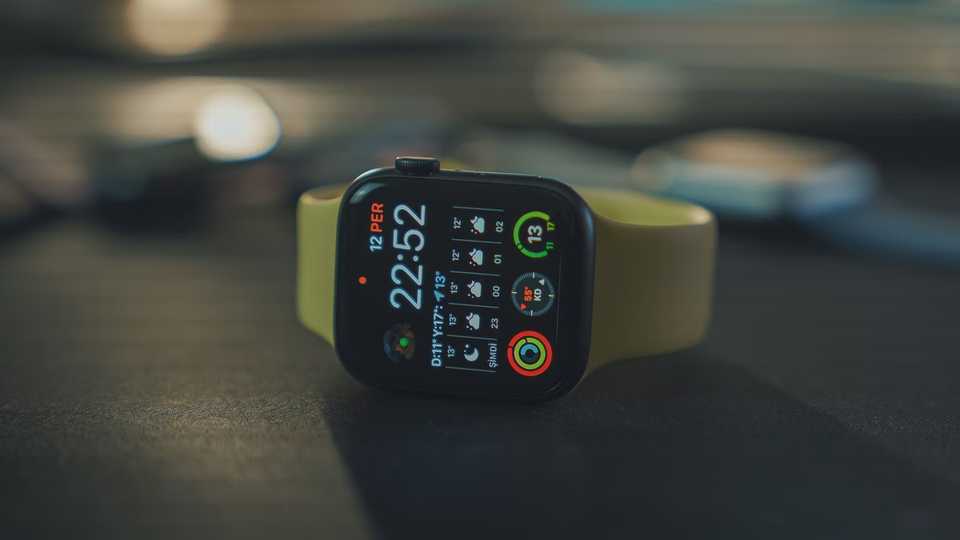IoT in Sensor Technology Age: Benefits and Real-life Use in 2025
Last updated: Dec 9, 2025
Benefits and Real-life Use of IoT
The benefits, developments, advancements, and various uses of the Internet of Things have been discussed frequently over the past decade. While the idea of a worldwide network connecting millions of appliances has been around for roughly three decades, its fast expansion has only begun in the last few years.
Though some innovators have taken this concept to an extreme by claiming that every appliance can be connected to the Internet, there are numerous unquestionable benefits to the network of “smart” gadgets (also known as IoT devices), as discussed more in this article.
What is the Internet of Things?
The IoT is a way to connect real-world objects to the virtual world of the internet, where they can take advantage of data processing and analytics. Consumers can now have their ordinary products and devices take commands from the global data system with little human participation, bypassing the need for a screen and a keyboard.
Things can be “smart” in a variety of ways, from microwaves that can cook food to excellence in the time allocated to self-driving vehicles whose advanced detectors can recognize barriers in their route to wearable fitness gadgets that can monitor your heart rate and behavior daily and use that information to suggest an exercise program customized to you. An app may record the length and velocity of a soccer throw for use in training.
Advantages and Disadvantages of IoT
As low-cost computer chips become more widely produced, and as more and more people gain access to wireless internet, virtually anything may be made to function as a node in the Internet of Things. Connecting all these things and equipping them with sensors gives them digital intelligence they wouldn’t have otherwise and enables them to exchange real-time data with one another without any human intervention. The Internet of Things system has made our environment smarter and more reactive by fusing the digital and physical worlds.
Advantages of IoT
The Internet of Things allows several benefits to be realized in everyday life. Below are some of its many benefits:
- Reduce human effort: Automation of processes, enhancement of service quality, and reduction of the need for human involvement are all possible results of the interconnectedness and communication of IoT devices.
- Save time: Time is conserved since less work needs to be done by humans. One of the main benefits of utilizing systems like IoT sensor technology is its time savings.
- Improved security: Assisting with improved control of homes and cities via mobile phones is made possible by a networked system. It’s a safeguard and an added layer of security.
- Better data gathering: Data is readily available, regardless of where we happen to be physically located, and is constantly updated instantaneously. Therefore, these gadgets can get data on any device, anywhere, anytime.
Disadvantages of IoT
The benefits of the Internet of Things are accompanied by a new and substantial set of disadvantages. The following are a few drawbacks of the IoT:
- Security issues: All of the devices in the IoT work together and exchange data via the web. The lack of IoT remote control in the system makes it vulnerable to a wide range of network attacks, regardless of how well protected it is.
- The system’s complexity: It’s not easy to design, build, maintain, and enable an IoT system’s vast array of interconnected devices.
- Privacy concern: Without the user’s knowledge or involvement, the IoT system supplies vital personal data.
- Increased unemployment: Both unskilled and skilled workers are vulnerable to layoffs, contributing to high unemployment levels. Human labor is gradually being replaced by technology like in the following IoT application examples, smart security cameras, washing machines, ironing systems, robots, and more.
Importance of IoT for organizations
Every person and company can discover something useful in the cutting-edge technology, the Internet of Things (IoT), whose growth has been gaining steam in recent years. For this reason, its effects on people’s lives have become the hottest topic of debate. Services provided by the Internet of Things (IoT) are attractive not just because they can help consumers but also because they can help businesses in various ways like:
- Unprecedented Possibilities: When establishing trustworthy communication channels across institutions, the cutting-edge technologies of the Internet of Things make it possible. Internet of Things (IoT) services has improved corporate operations in numerous areas, including production, workflow, customer service, and more.
- Elevate Productivity: The ever-changing nature of IoT progress not only boosts efficiency but also offers several advantages to organizations. Thanks to this tool, the company’s staff benefit from real-time training and enhanced communication.
- Better Experience for Customers: For any company serious about rapid expansion, the quality of its interactions with customers is paramount. The Internet of Things is committed to enhancing the user experience by implementing cutting-edge technology such as smart trackers, card readers, and many more.
Real-life uses of the Internet of Things
The primary goal of IoT is to allow remote access and operation of devices with minimal or no human intervention. Devices having IoT capabilities are networked together online and can share information and coordinate remote tasks. Following are some of the IoT examples in daily life.
Home Automation
The Internet of Things (IoT)-based connected home systems, sometimes known as “smart homes,” are increasing in popularity. Lights, fans, air conditioners, and other home electronics can all be networked together in a smart house. Because of this linking, the user can control the gadgets from afar.
Disaster Management
As a result of IoT, disasters can be better prepared for and controlled. Consider forest fires as an illustration. The confusion and devastation of a forest fire can be prevented by installing numerous sensors along the forest’s perimeter.
IoT is widely recognized as a promising digital technology with enormous potential for growth and practical application in the not-too-distant future. Although far from perfect, the existing capabilities of IoT systems are amazing, and their benefits are alluring.
It’s crucial to remember that if you want your business or company to reap the benefits of IoT without falling prey to its pitfalls, you’ll need to put in a lot of time and energy.

